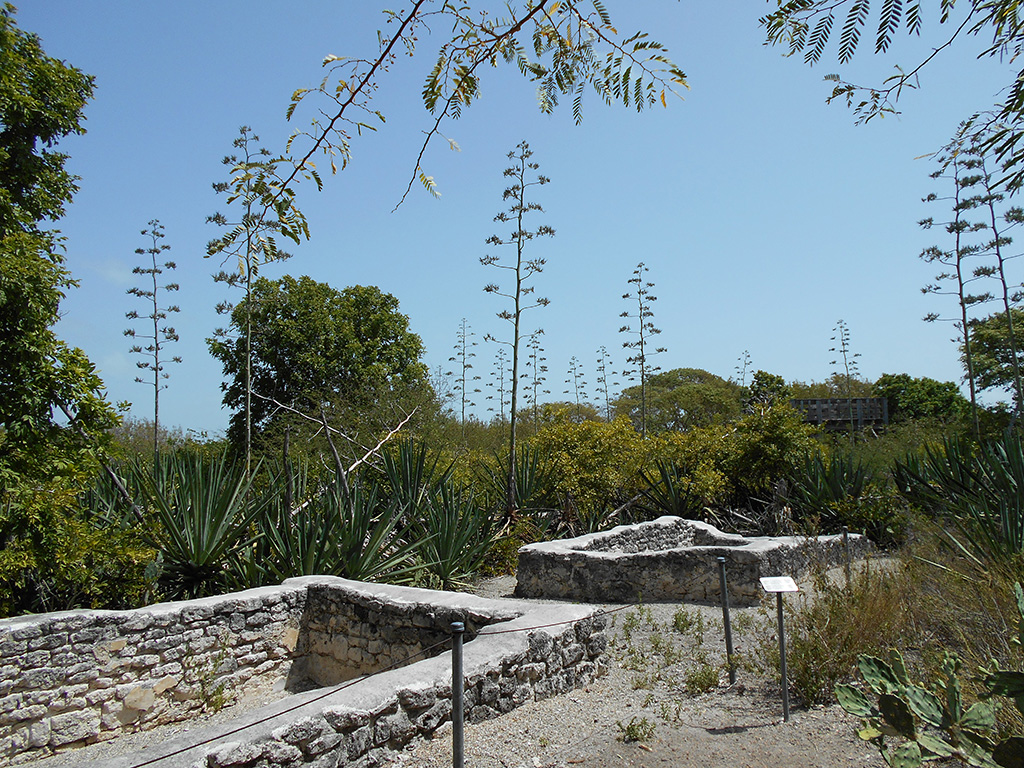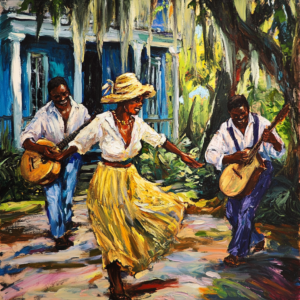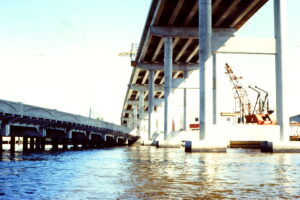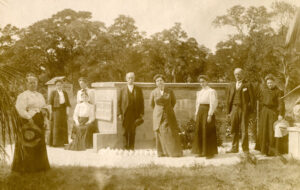
The next time you are heading south on US 1 in the Florida Keys, when you get to mile market 78, look to your left, and you will see a small island sitting about three-quarters of a mile off-shore. Known as Indian Key, the island has played an important role in the history of the Florida Keys.
Bahamian fishermen were some of the first people to inhabit the Florida Keys. The waters around the Keys were particularly dangerous to navigate due to the coral reefs and sandbars that surrounded the islands. The numerous hurricanes that threatened the island chain for much of the year also contributed to the number of ships that found themselves wrecked in and around the Keys. It didn’t take long for the fishermen to realize that they could profit from salvaging the ships that ran into problems navigating these waters. Thus, many of the former fishermen, discovered that the wrecking business was more lucrative than fishing, and the “wreckers” made a good living off the wrecks.
The United States took over governing of the Keys in the early 1820s as Florida was no longer under Spanish rule. Before long, Americans had taken over the wrecking business, driving the Bahamian wreckers out of the area.
John Housman, a businessman from Staten Island, moved to Key West where he became one of the largest wreckers in the city. However, Houseman was well known for being a shady businessman and a cheat; as a result, he was not welcomed in that community, so he started looking for other places to work his trade.
In the 1830s, Houseman purchased property on Indian Key. He knew that the small island was surrounded by dangerous waters and was susceptible to hurricanes: these were perfect conditions for his wrecking business to succeed. In short order, he started to develop the key. Houseman constructed a store, a hotel, and several homes on the small island. Since he was the main landlord on the island, Houseman became a leader in the community. He was even successful in convincing the Florida Council to establish Indian Key as the county seat of Dade County.
By 1835, the Second Seminole War had begun, posing a new threat to Indian Key. On April 7,1840, Indian Key was attacked by Indians who killed 10-15 citizens and burned all the buildings. Luckily, thanks to a warning from an Indian Scout, most of the 50-60 inhabitants escaped with their lives. Dr. Henry Perrine, a prominent botanist was killed in the attack, but Housman and his family escaped.
Shortly after the attack, Housman moved back to Key West where he was killed during a wrecking operation in 1841. Houseman was buried on Indian Key. Although his grave was vandalized, a replica is on the island today.

Today, Indian Key is part of the Florida State Park system and can be accessed by boat. In my next post, I will get into more detail about Dr. Perrine, and our family’s visits to Indian Key.


